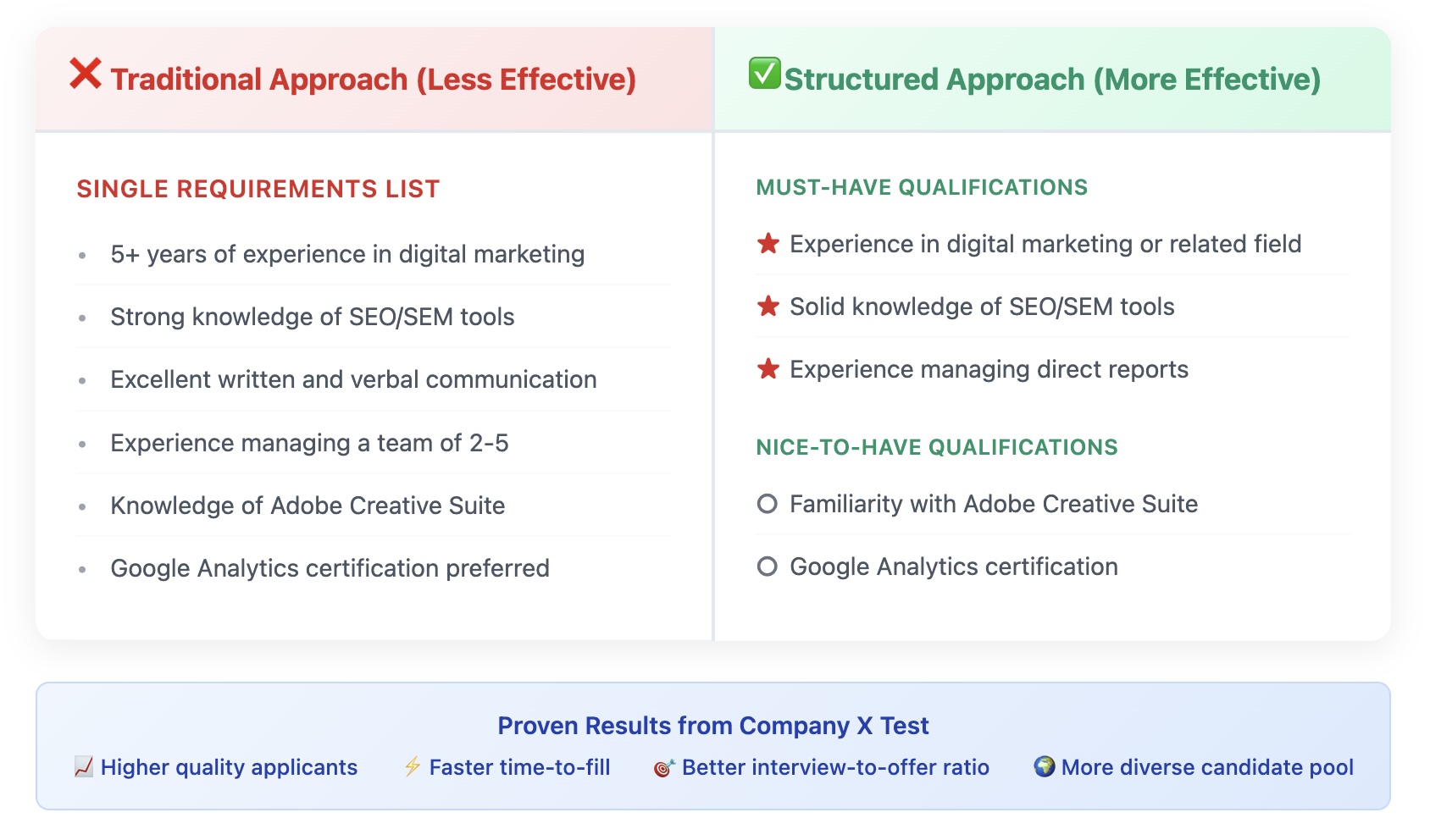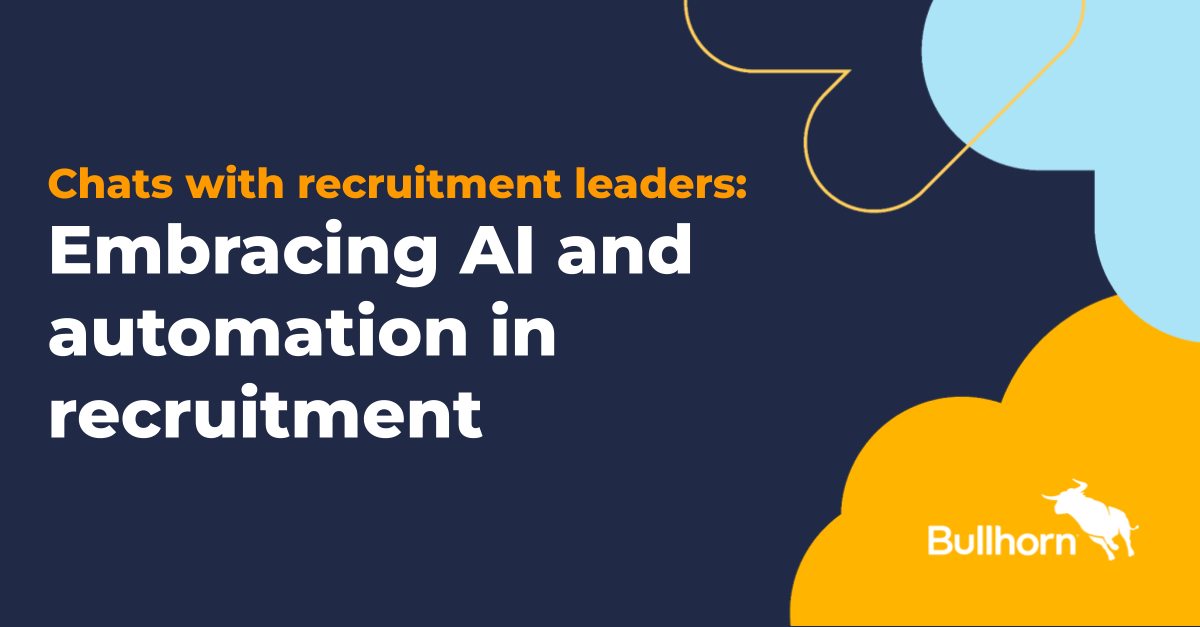
Quick picks (at a glance)
- HireVue — Enterprise video interviewing with mature AI screening and structured evaluations
- Harver — Evidence-based assessments plus structured interviewing to reduce bias at scale
- Sapia.ai — AI chat interviews that screen at volume with calibrated, structured scoring
- Paradox (Olivia) — Conversational AI that schedules, screens, and runs automated interviews
- Eightfold AI — Talent intelligence with AI-assisted screening and interview guidance
- Metaview — AI “interview intelligence” for note-taking, summaries, and coaching
- BrightHire — Recording + AI insights to standardize interviews and improve decision quality
- Pillar — Interview intelligence with rubrics, live guidance, and DEI-friendly prompts
- Humanly — Conversational screening + interview intelligence for high-volume recruiting
- Clovers — Candidate-friendly recording, AI highlights, and coaching for consistency
What to look for in AI interview software (2025)
- Structured interviewing by default: Job-profile templates, question banks tied to competencies, and rubric-based scoring.
- Bias mitigation controls: Explainable scoring, consistency tools, calibration dashboards, and adverse-impact monitoring.
- Interview intelligence: High-quality transcription, auto-summaries, moment markers, next-step suggestions, and coaching tips.
- Compliance & privacy: Clear documentation on data retention, model transparency, consent flows, and regional compliance (e.g., U.S. AI laws, EU AI Act readiness).
- Workflow fit: Native integrations with your ATS/HRIS, easy scheduling, bulk actions for high-volume roles, and hiring team permissions.
- Localization: Multi-language support, accents handling, and accessible candidate experiences.
- Analytics that matter: Funnel conversion, time-to-hire, QA on interview quality, and correlation between interview signals and on-the-job performance.
Why it’s here: One of the most established video interview platforms with AI-assisted screening and structured evaluations. Strong fit for enterprises and high-volume hiring.
What stands out:
- On-demand and live video interviews, question libraries, and role-based rubrics.
- AI-generated summaries and consistent scoring guidance to help interviewers stay objective.
Good for: Large, distributed teams standardizing process across geographies.
Considerations: Governance matters—set up scoring rubrics, calibration, and transparency policies early.
Why it’s here: Conversational AI that handles scheduling, screening, and simple interviews end-to-end—especially powerful in hourly hiring.
What stands out:
- Chat-based screeners, instant scheduling, reminders, and rescheduling.
- AI answers common candidate questions and nudges completion to reduce drop-off.
Good for: Hourly and frontline roles where speed and convenience drive conversion.
Considerations: Align the question set with your competency model to keep quality high as speed increases.
Why it’s here: Combines conversational screening with interview intelligence, designed for high-volume roles and lean TA teams.
What stands out:
- Chat screenings, scheduling automation, and AI summaries after interviews.
- Practical analytics on funnel health and interviewer consistency.
Good for: TA teams that need both top-of-funnel speed and later-stage quality control.
Considerations: Map screening logic to compliance requirements in regulated industries.
Why it’s here: A leader in pre-hire assessments that extend into structured interviews, helping teams predict success while reducing process friction.
What stands out:
- Job-specific assessments connected to structured interview kits.
- Data-driven fairness features and calibration so interviewers score consistently.
Good for: Volume hiring across contact centers, retail, and operations where consistency is critical.
Considerations: Plan change-management and interviewer training to get the most from structure and analytics.
Why it’s here: AI chat interviews that turn candidate responses into structured, competency-based insights—fast.
What stands out:
- Mobile-first chat interviews that candidates complete on their own time.
- AI summaries with strengths, risks, and follow-ups mapped to competencies.
Good for: High-volume screening with a strong candidate-friendly experience.
Considerations: Ensure hiring managers understand how to use the AI summaries in later interview stages.
Why it’s here: A talent intelligence platform that brings AI-assisted screening, match quality, and interview guidance into one ecosystem.
What stands out:
- Skill and potential-based matching that informs interview focus.
- Guidance and prompts that help interviewers probe the right competencies.
Good for: Enterprises moving toward skills-based hiring with complex pipelines.
Considerations: Invest time in defining the skill ontology and job architectures for best results.
Why it’s here: Interview intelligence laser-focused on high-quality notes, summaries, and coaching—beloved by lean teams.
What stands out:
- Accurate transcription, instant structured summaries, and highlight reels.
- Interviewer coaching prompts and question suggestions based on role profiles.
Good for: Startups and scale-ups that need quality without heavy process.
Considerations: Create standardized scorecards so AI output maps neatly to hiring decisions.
Why it’s here: A pioneer in “record + analyze” interviewing that helps teams standardize quality and learn from top performers.
What stands out:
- Timestamped recordings, moments, and shareable clips.
- AI summaries tied to competencies so debriefs are quick and evidence-based.
Good for: Teams that want a “single source of truth” for interview quality and coaching.
Considerations: Build a consent + privacy playbook; set role-based access for recordings.
9. Pillar
Why it’s here: Interview intelligence with real-time guidance that helps interviewers stay structured and fair—useful for organizations maturing their process.
What stands out:
- Live guidance, rubric prompts, and question suggestions aligned to the job.
- DEI-friendly features to reduce leading questions and score drift.
Good for: Teams rolling out structured interviewing and competency models.
Considerations: Run enablement sessions so interviewers actually use the live guidance.
10. Clovers
Why it’s here: Candidate-friendly interview recording and AI highlights, with coaching to improve interviewer behavior over time.
What stands out:
- Easy-to-review highlights and structured summaries for faster, clearer debriefs.
- Coaching and scorecard alignment to reduce subjective decisions.
Good for: Organizations that want better interviewer consistency without heavy overhead.
Considerations: Define retention rules and access controls for recorded content.
How these Tools Actually Save Time (and Lift Quality)
- Pre-interview: Conversational screeners and AI chat interviews remove repetitive phone screens; scheduling bots collapse days of back-and-forth into minutes.
- During interview: Structured prompts and live guidance keep interviewers on-track, reducing “winging it” and off-topic bias.
- Post-interview: Auto-notes, summaries, and rubric-aligned highlights shorten debriefs and make decisions evidence-based.
- Across the funnel: Analytics identify bottlenecks, interviewer drift, and where great candidates drop out—so you fix process, not people.
ImplementationTips (so value shows up in month one)
- Start with one role family. Productize the process for a single role (e.g., SDRs, store associates), then expand.
- Operationalize scorecards. Define competencies and weighting before turning on AI scoring. Calibrate with sample interviews.
- Codify consent & retention. Document candidate consent flows, recording policies, and retention windows per region.
- Train the interviewers (lightly, often). 45-minute enablement: how to use question banks, take notes, and rely on summaries.
- Run weekly quality reviews. Sample five interviews, check rubric adherence and fairness flags, update the question bank.
- Close the loop with hiring managers. Share highlight reels, agree on pass/fail signals, and iterate on the rubric.
- Measure what matters. Track time-to-schedule, time-to-first interview, pass-through rate, offer acceptance, and QA on interview quality.
Buying guide: Questions to ask vendors in 2025
- Model transparency: What signals feed the score? How can we audit or explain decisions to candidates?
- Fairness & compliance: How do you monitor adverse impact? Can we export data for independent analysis?
- Data handling: Where is data stored? How long is it kept? What are default retention and deletion controls?
- Localization: How do you handle accents, languages, and accessibility needs?
- ATS fit: Which integrations are native? What data syncs (notes, scorecards, stages)?
- Admin controls: Can we lock scorecards, enforce structured questions, and gate access to recordings?
- Roadmap alignment: How often do you release updates? What’s your stance on the EU AI Act and emerging U.S. state laws?
- Change management: What onboarding, templates, and calibration support do you provide?
Sample evaluation checklist (copy/paste into your RFP)
- Role-based question banks and competency rubrics
- AI summaries mapped to scorecards
- Bias monitoring and explainability reports
- Consent workflows + configurable retention
- Recording, transcription, and highlight reels
- Native ATS integration (create/update candidates, sync notes/scores)
- Multi-language support and accessibility features
- Analytics: interviewer QA, pass-through by stage, time-to-schedule
- Admin features: permissions, templates, approval flows
- Implementation services and change-management support
FAQs
1. Are AI interview tools compliant with new AI regulations?
They can be—if configured correctly. Look for vendors with clear documentation on explainability, bias monitoring, consent, and data retention. Your legal team should review settings (especially for recording and automated decision support) and align them with local laws.
2. Will AI replace recruiter judgment?
No. The best use is “decision support.” AI speeds screening, standardizes interviews, and surfaces evidence; humans make the final call and ensure fairness.
3. Do candidates like AI-led interviews?
They like speed, clarity, and flexibility. Satisfaction rises when tools are mobile-first, scheduling is instant, questions are relevant, and next steps are clear. Communicate what’s automated and why.
4. How do we keep interviews fair with AI?
Use structured rubrics, consistent questions, and calibration. Review analytics for drift and adverse impact, refresh question banks regularly, and train interviewers to rely on evidence over gut feel.
5. What metrics prove ROI?
Time-to-schedule, recruiter hours saved, pass-through rate quality, offer acceptance, and interview QA scores. Over time, track correlation between interview signals and on-the-job performance.
Final thoughts
AI won’t magically fix hiring—but it will enforce structure, eliminate repetitive work, and give you cleaner signals for better decisions. Start with one role family, lock in a great rubric, and choose a platform that makes fairness and explainability effortless. Do that, and you’ll cut time-to-hire while raising the bar on candidate quality.









